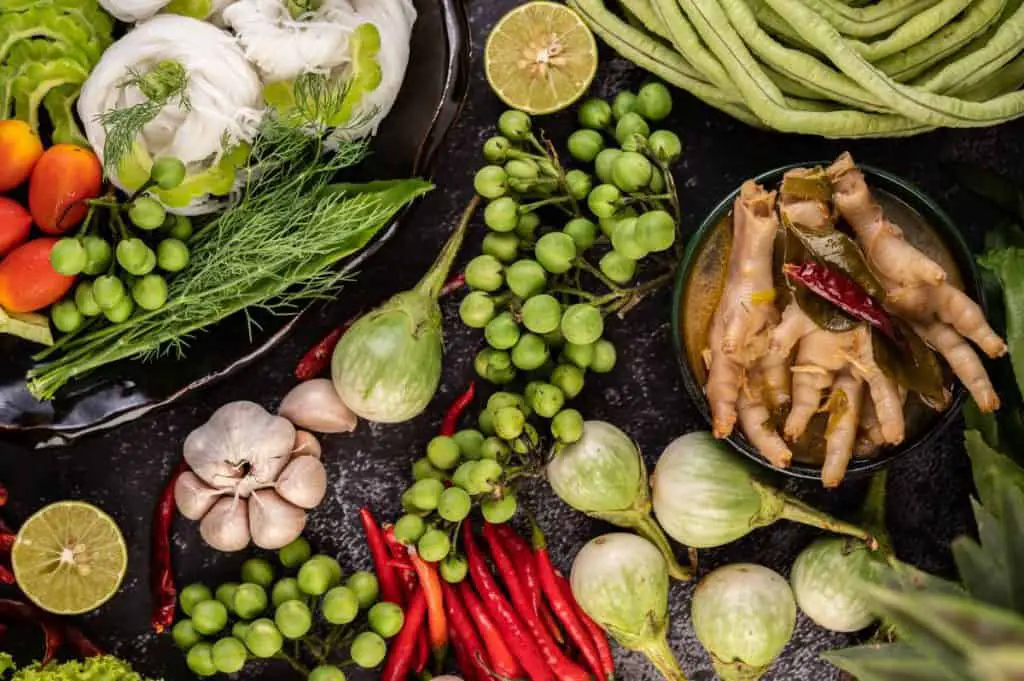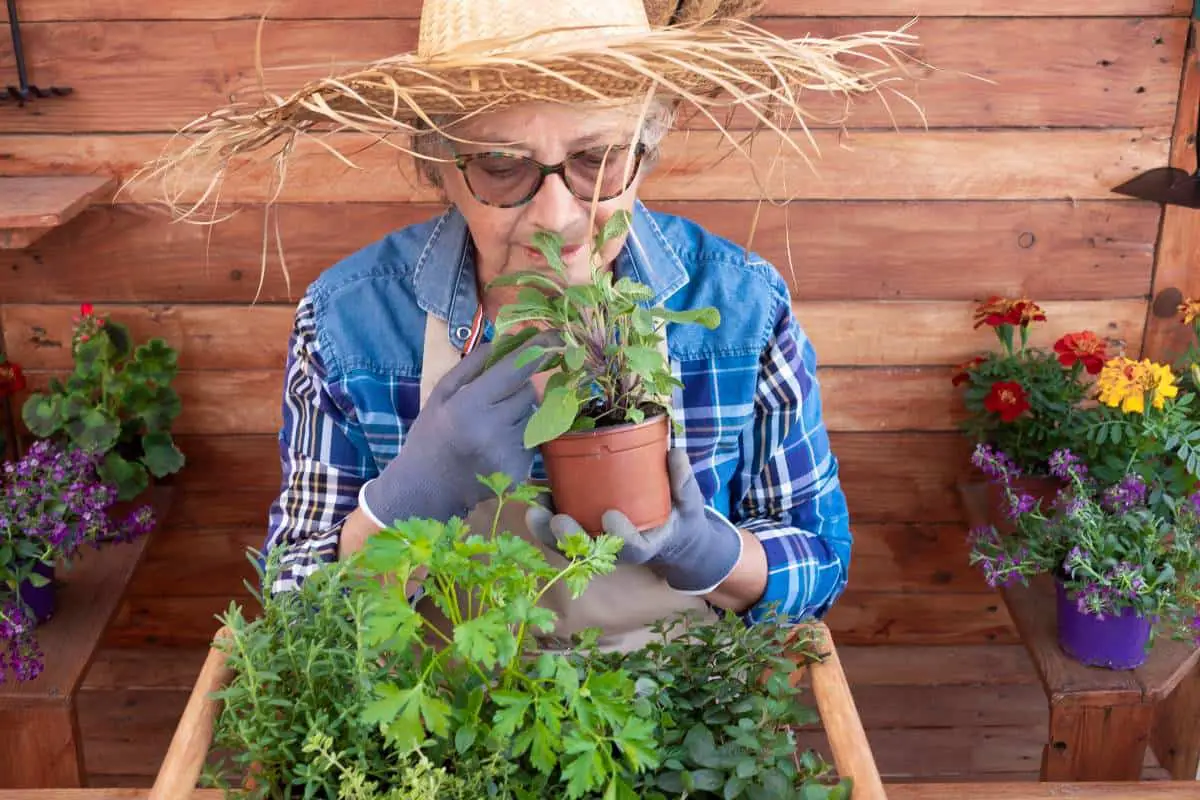Western Herbs And Vegetables In Thailand: What You Need To Know
After spending 35 years in the United States before moving to Thailand, I’ve learned that growing Western vegetables here requires a complete mindset shift. As the founder of BetterLivingAsia.com, I’ve spent countless hours researching through Reddit, Quora, and expat Facebook groups, testing different methods, and consulting with local Thai farmers to understand what really works.
Let me share what I’ve discovered through trial, error, and success in adapting Western Herbs And Vegetables In Thailand!
Key Takeaways
- Growing Western vegetables in Thailand requires understanding unique climate challenges and adaptations
- Success depends on proper infrastructure, seasonal timing, and pest management strategies
- With the right approach, Western vegetables can thrive and be profitable in Thailand’s tropical climate
Understanding Thailand’s Growing Environment
Climate Considerations
The transition from temperate to tropical gardening presents unique challenges. Thailand’s intense heat, humidity, and dramatic seasonal changes require specific adaptations:
| Climate Factor | Challenge | Solution |
|---|---|---|
| Heat | Plant stress | Morning sun only (6-10 AM) |
| Humidity | Disease risk | Proper spacing, air circulation |
| Rainfall | Flooding | Raised beds, good drainage |
| Dry Season | Water stress | Efficient irrigation systems |
Soil Characteristics
Thai soil varies significantly by region, but most Western vegetables prefer:
- Well-draining soil mixtures
- pH between 6.0-7.0
- High organic matter content
- Regular composting amendments
Successfully Growing Western Vegetables
Through extensive testing, I’ve identified the most successful Western vegetables for Thailand’s climate:
Success Rate Table
| Vegetable | Success Rate | Best Season | Special Requirements |
|---|---|---|---|
| Cherry Tomatoes | High | Year-round | Partial shade |
| Lettuce | Medium | Cool season | Heavy shade |
| Bell Peppers | Medium | Cool season | Wind protection |
| Broccoli | Low | Nov-Jan | Rich soil |
| Carrots | Medium | Cool season | Sandy soil |
Growing Techniques
Success comes from adapting Western methods to local conditions:
- Shade Management
- 30% shade cloth during peak summer
- Natural shade from taller plants
- Morning sun positioning
- Strategic wind tunnels
- Companion Planting
- Basil with tomatoes
- Lemongrass as pest barrier
- Marigolds for pest control
Thai Herbs and Traditional Spicing
After countless meals and conversations with Thai friends, I’ve learned that understanding local herbs is crucial. Here’s how traditional Thai dishes use various spices:
| Spice/Herb | Tom Yum | Pad Thai | Green Curry | Red Curry | Khao Phat |
|---|---|---|---|---|---|
| Basil | x | x | x | ||
| Lemongrass | x | x | x | ||
| Galangal | x | x | x | ||
| Chili | x | x | x | x | x |
| Fish Sauce | x | x | x | x | x |

Do Thai People Eat Raw Herbs/Leaves Along with Their Meals?
From my observations and discussions with locals, raw herbs are integral to Thai dining culture. Every authentic Thai meal includes a plate of fresh herbs and vegetables, known as “Pak Sod.” These aren’t mere garnishes – they’re essential components that add flavor, texture, and nutritional value.
Seasonal Planning
Thai Growing Seasons
| Season | Months | Best Western Crops | Notes |
|---|---|---|---|
| Cool | Nov-Feb | Broccoli, Cauliflower | Prime growing season |
| Hot | Mar-May | Heat-resistant varieties | Extra care needed |
| Rainy | Jun-Oct | Container crops | Focus on drainage |
Cost Analysis and ROI
Based on my experience managing our demonstration garden and consulting with other expat growers:
Setup Costs (THB)
| Item | Cost | Lifespan | Notes |
|---|---|---|---|
| Raised Beds | 5,000-8,000 | 5+ years | Concrete/hardwood |
| Soil/Amendments | 3,000-5,000 | Annual | Needs refreshing |
| Irrigation | 2,000-4,000 | 3+ years | Drip system |
| Initial Plants | 1,000-2,000 | Seasonal | Varies by crop |
Expected ROI: 6-12 months with proper planning and management.
Monthly Maintenance Schedule
| Task | Frequency | Time Required | Priority |
|---|---|---|---|
| Watering | Daily | 30 mins | High |
| Fertilizing | Bi-weekly | 1 hour | Medium |
| Pest Check | Weekly | 30 mins | High |
| Pruning | Monthly | 2 hours | Medium |
FAQs
What are some common herbs and spices used in Thai cooking?
Common herbs and spices used in Thai cooking include Thai basil, coriander, kaffir lime leaves, and tamarind. These ingredients are essential for creating the distinct flavors found in Thai cuisine.
What are some common herbs and spices used in Thai cooking?
Common herbs and spices used in Thai cooking include Thai basil, coriander, kaffir lime leaves, and tamarind. These ingredients are essential for creating the distinct flavors found in Thai cuisine.
What are some popular Thai dishes that use Western ingredients?
Some popular Thai dishes that incorporate western ingredients include Thai salads with fresh greens, stir-fried vegetables with garlic and soy sauce, and soups that feature common vegetables like carrots and bell peppers.
Are there any fruits that are commonly used in Thai desserts?
Yes, fruits like bananas and papaya are commonly used in Thai desserts. They can be found in dishes such as sticky rice with mango and various refreshing fruit salads.
What is the role of pandan leaves in Thai cooking?
Pandan leaves are often used in Thai cooking for their unique fragrance and flavor. They are commonly used in desserts, rice dishes, and as a natural food colorant.
Conclusion
Growing Western vegetables in Thailand is challenging but achievable with the right knowledge, preparation, and adaptability. Whether you’re an expat retiree or gardening enthusiast, understanding local climate, soil conditions, and cultivation techniques can transform your tropical gardening experience. Contact us if you have any questions!






